Thessaloniki gets ready for its metro launch in November
The underground rapid transit lines have been under construction for almost two decades due to various project delays
 TheMayor.EU logo
TheMayor.EU logo The new lane features the first eco-asphalt cover in the Balkan country
The City of Zagreb was proud to announce that, for the first time in Croatia, a new eco-asphalt cover has been used in the construction of a new cycling path along the southern bank of the Sava River between the Blato district to the Sava Bridge.
The material used for the path surface has been described as unique due to its technical profile, which means its production is less harmful to the environment without sacrificing its quality parameters.
Eco-asphalt uses natural bitumen, which is made from carbohydrates, proteins, resins, lignin, wax and fat. Procurement of natural bitumen is much simpler - asphalt production does not depend on oil production and refinery, there are no costs for bitumen in liquid state and no deterioration of bitumen quality due to delays in production. Its production is thus also more cost-effective.
It only makes sense that infrastructure promoting sustainable mobility, should itself be sustainable as well. In order to draw attention to the environmentally friendly profile of the cycling path, the asphalt comes in green colour itself.
The Zagreb Municipality stated that after the asphalting process, there will be “landscaping works, installing benches and equipment, and final works on the rest area by the pedestrian bridge”.
Actually, the stretch in question is part of a grander project called Greenway, which envisions the creation of a cycling path along the course of the Sava River, from the Slovenian border to Turopolje, with a length of 160 kilometres. On its way, it passes through the capital city Zagreb.
The eco-asphalt section is part of the 5th phase of the project, which consists of nine stages altogether.
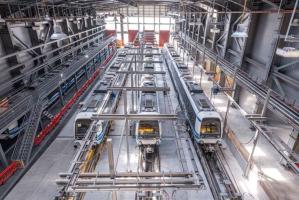
The underground rapid transit lines have been under construction for almost two decades due to various project delays

Now you can get your wine in Talence by paying directly in Bitcoin

That’s because the state has to spend money on updating the railway infrastructure rather than subsidizing the cost of the popular pass
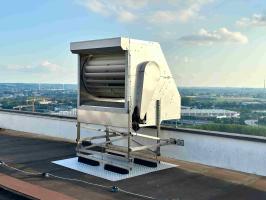
Rethinking renewable energy sources for the urban landscape
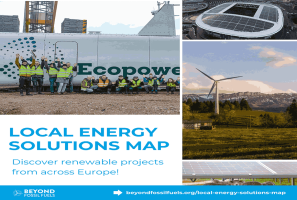
The examples, compiled by Beyond Fossil Fuels, can inform and inspire communities and entrepreneurs that still feel trepidation at the prospect of energy transition

Now you can get your wine in Talence by paying directly in Bitcoin
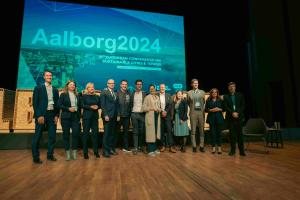
The 10th European Conference on Sustainable Cities and Towns (ESCT) sets the stage for stronger cooperation between the EU, national and local level to fast track Europe's transition to climate neutrality.

At least, that’s the promise made by the mayor of Paris, Anne Hidalgo

The underground rapid transit lines have been under construction for almost two decades due to various project delays

At least, that’s the promise made by the mayor of Paris, Anne Hidalgo
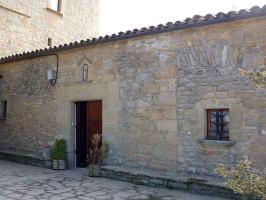
Hostal de Pinós is located in the geographical centre of the autonomous region
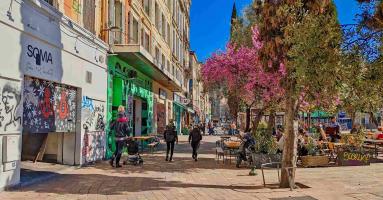
Despite its church-y name, the district has long been known as the hangout spot for the artsy crowds
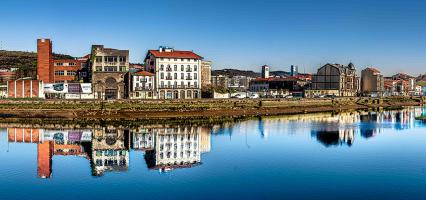
Urban dwellers across the EU are having a say in making their surroundings friendlier to people and the environment.
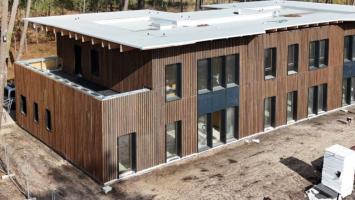
Forests in the EU can help green the European construction industry and bolster a continent-wide push for architectural improvements.

Apply by 10 November and do your part for the transformation of European public spaces

An interview with the Mayor of a Polish city that seeks to reinvent itself

An interview with the newly elected ICLEI President and Mayor of Malmö

A conversation with the Mayor of Lisbon about the spirit and dimensions of innovation present in the Portuguese capital














